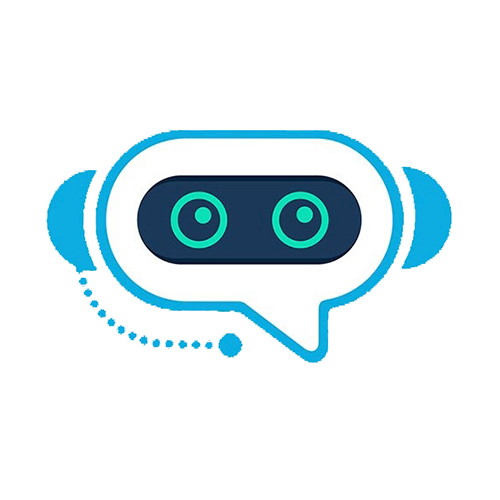 Chatbot website
Chatbot website
Programming & Tech
Chatbot website
Product Info
A chatbot is an AI-powered software application designed to simulate human-like conversations. It interacts with users through text or speech, providing information, answering questions, and assisting with tasks. Chatbots can be integrated into websites, messaging apps, and other platforms to enhance user experiences and streamline interactions. They use natural language processing to understand user input and generate appropriate responses, making them valuable tools for customer support, information retrieval, and more.Description
-
To integrate a chatbot into your website, you have a few options:
-
Use a Chatbot Platform: There are several platforms available that allow you to create and integrate chatbots into your website without needing extensive coding knowledge. Some popular options include:
-
Dialogflow: Developed by Google, Dialogflow is a widely-used platform that offers natural language processing capabilities for building chatbots and virtual assistants.
-
Microsoft Bot Framework: This platform by Microsoft provides tools for creating and deploying chatbots across multiple channels, including websites.
-
IBM Watson Assistant: IBM's Watson Assistant enables you to build AI-powered chatbots that can understand and respond to user queries.
-
Chatfuel: If you're looking for a platform that's more focused on Facebook Messenger chatbots, Chatfuel is a user-friendly choice.
-
ManyChat: Similar to Chatfuel, ManyChat is specifically designed for creating chatbots on Facebook Messenger and offers a visual builder.
-
-
Custom Development: If you have coding skills or access to developers, you can build a custom chatbot using programming languages and libraries like Python, JavaScript, and frameworks like Node.js. You might use libraries like Rasa or Microsoft Bot Framework SDK for this purpose.
-
WordPress Plugins: If your website is built on WordPress, there are various chatbot plugins available that allow you to easily integrate a chatbot into your site.
-
Embedded Widgets: Some platforms provide chatbot widgets that you can embed directly into your website's HTML. This might involve adding a few lines of code to your website's template.
When choosing a solution, consider factors like the complexity of interactions you want the chatbot to handle, your technical expertise, the platform's integration capabilities, and whether you need cross-channel support (e.g., integrating the chatbot with social media).
Regardless of the platform you choose, here's a general process for integrating a chatbot into your website:
-
Choose a Platform: Select a chatbot development platform that suits your needs and skill level.
-
Design Conversational Flows: Design the conversation flow of your chatbot, outlining how it will respond to different user inputs.
-
Train the Chatbot: If the platform uses machine learning, you'll need to train the chatbot on sample conversations to improve its understanding.
-
Integrate on Website: Follow the platform's instructions to embed the chatbot on your website. This might involve adding a code snippet or integrating through APIs.
-
Test and Iterate: Test the chatbot thoroughly to ensure it works as expected. Make necessary adjustments to improve its performance.
-
Launch and Monitor: Once satisfied, launch the chatbot on your website. Monitor its interactions and continuously refine its responses based on user feedback and usage patterns.
Remember that a successful chatbot provides value to your website visitors by offering quick and relevant assistance. Therefore, crafting a user-friendly and effective chatbot is crucial.
-

